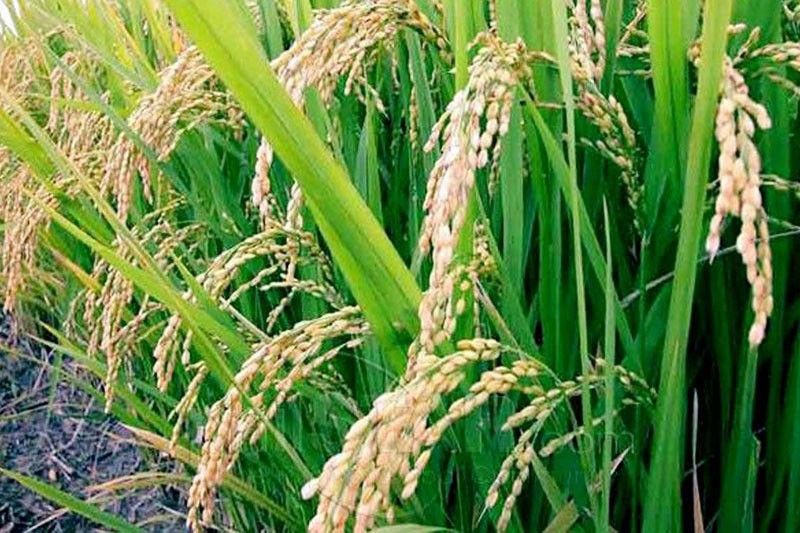New facility to cut IRRI rice breeding process to 2 years
Mary Jean Du, regional breeding lead for Southeast Asia at IRRI, said the rice breeding cycle at the Los Baños-based research institution would be significantly slashed once its speed breed facility (SBF) becomes fully operational. PHILSTAR FILE PHOTO MANILA, Philippines — Rice breeding at the International Rice Research Institute (IRRI) could be as fast as […]


Mary Jean Du, regional breeding lead for Southeast Asia at IRRI, said the rice breeding cycle at the Los Baños-based research institution would be significantly slashed once its speed breed facility (SBF) becomes fully operational.
PHILSTAR FILE PHOTO
MANILA, Philippines — Rice breeding at the International Rice Research Institute (IRRI) could be as fast as two years compared to conventional breeding that takes a decade once its new facility operates, an official said.
Mary Jean Du, regional breeding lead for Southeast Asia at IRRI, said the rice breeding cycle at the Los Baños-based research institution would be significantly slashed once its speed breed facility (SBF) becomes fully operational.
According to Du, the SBF would shorten the rice breeding cycle to two to four years compared to conventional breeding that takes around 10 to 12 years.
“Maybe next month (it will be operational already). It is an advantage for the Philippines since IRRI is here,” Du told reporters.
The facility, located in a 587-square meter area, boasts a capacity of 120,000 plants and is equipped with advanced automated irrigation and control systems and interconnected chambers.
“The SBF will ensure improved reliability, precision, quality, environmental consistency, and water efficiency in the breeding process,” IRRI said.
Some of the rice varieties in the pipeline at IRRI are drought-tolerant ones that can withstand the lack of water or irrigation for about two to three weeks. These varieties are also better compared to its predecessors in terms of withstanding water stresses such as drought, Du said.














